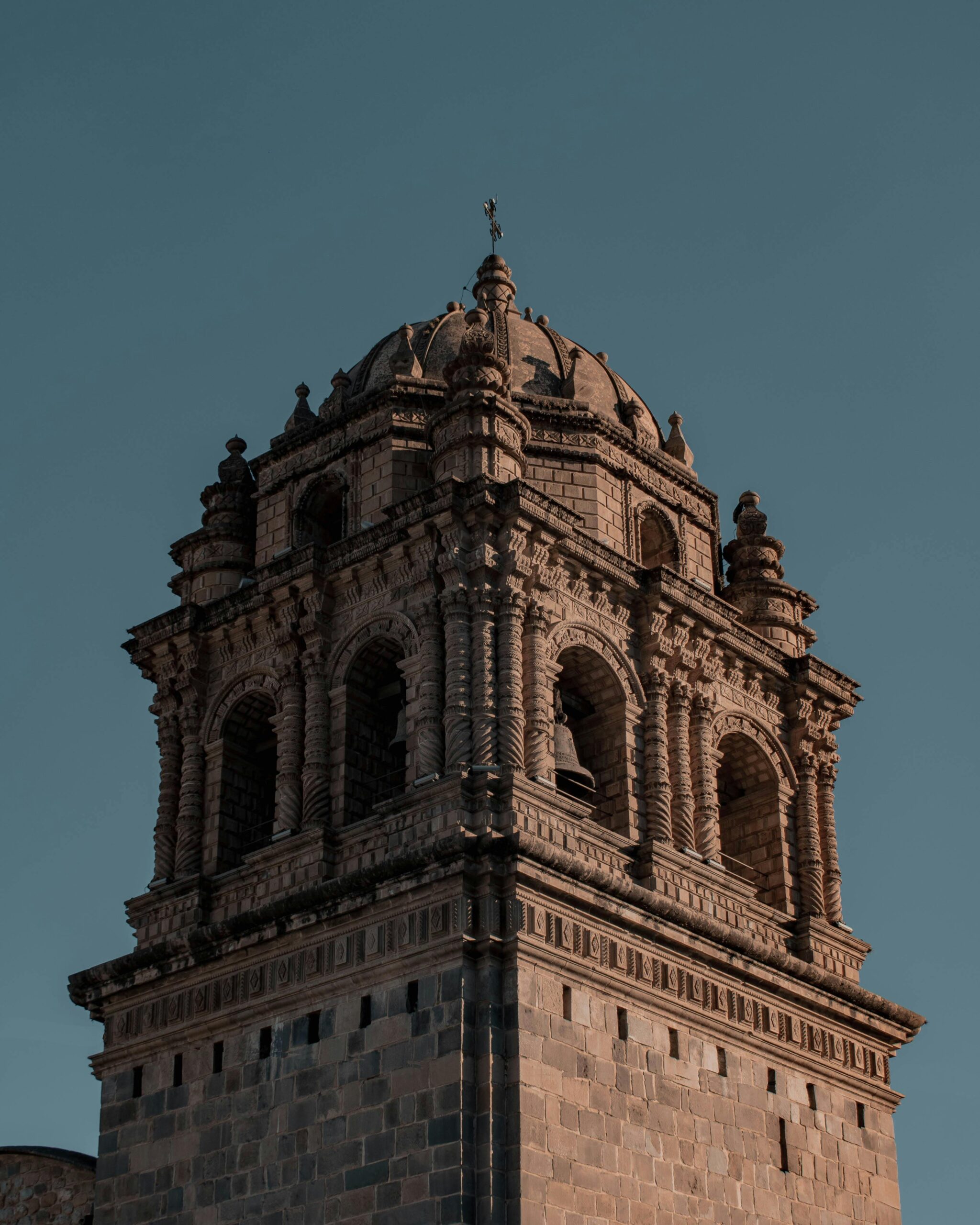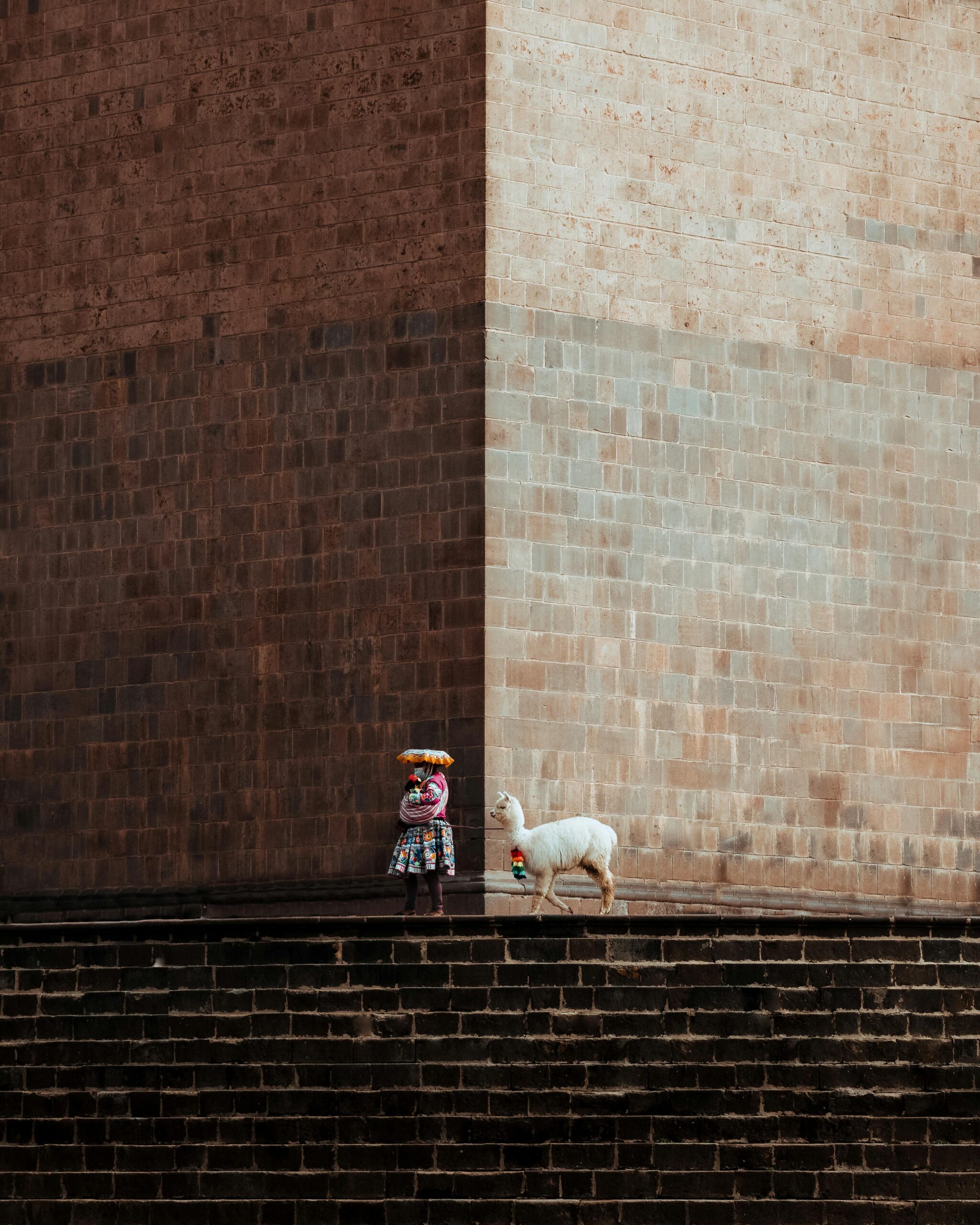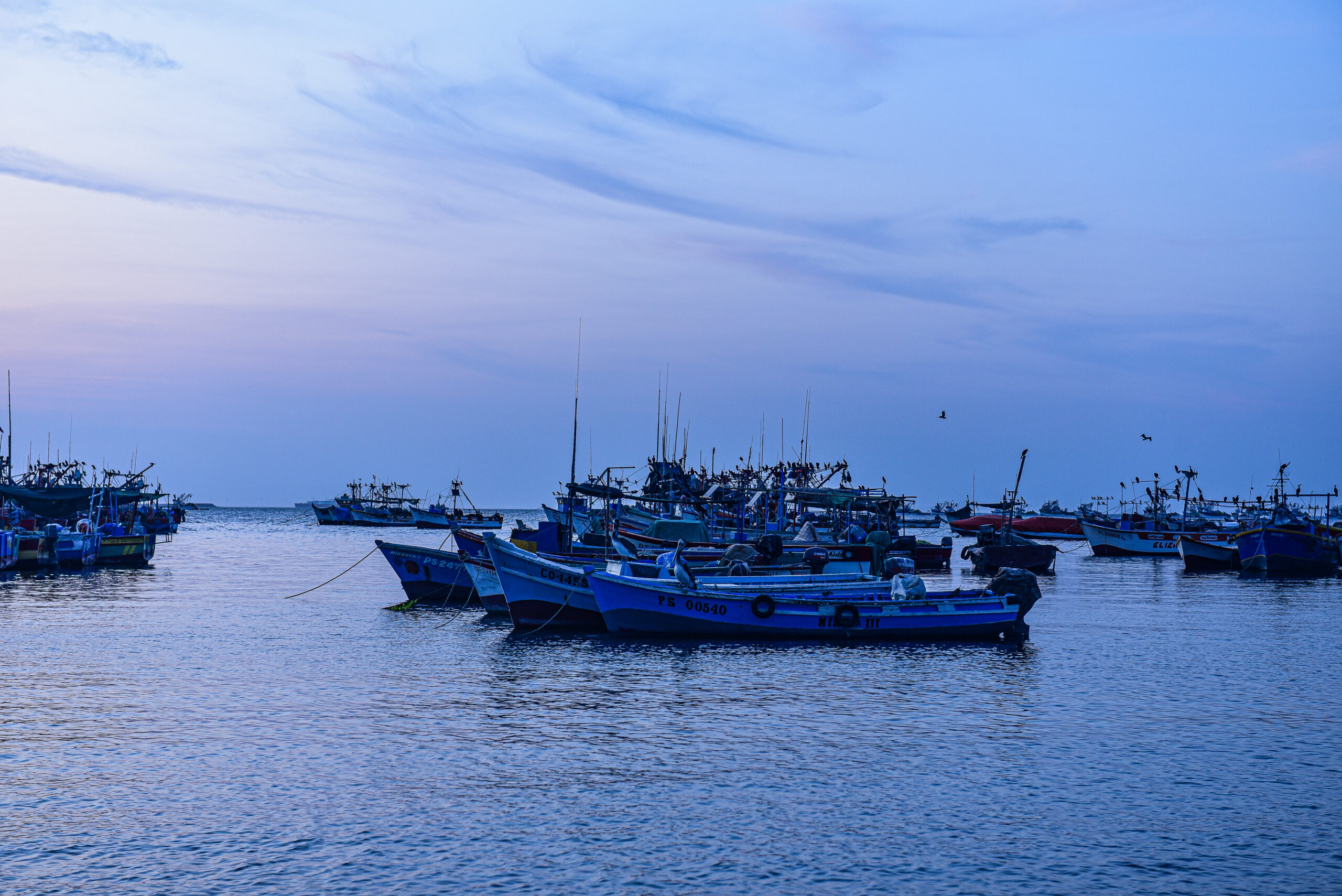In recent years, Peru has impressively developed its tourism industry, welcoming millions of visitors each year. But beyond Machu Picchu and the best-known travel circuits, another way of discovering the country is emerging: community-based tourism. Far from the usual tourist trails and the crowds, this form of travel invites genuine, respectful human encounters, where travelers share in the everyday lives of Peruvian communities—especially Andean ones.
Community-based tourism is not just a trendy concept: it’s a mutual commitment between locals and visitors, based on exchange, listening, and solidarity. This type of journey becomes an experience of learning, connection, and understanding. It invites you to slow down, to observe, to immerse yourself. And it profoundly changes the way you see a country like Peru, which is too often reduced to a few iconic landmarks.
Local roots, a sustainable model
Born in the early 2000s, particularly in rural areas of the Andes and the Amazon, community-based tourism in Peru developed in response to mass tourism that was often disconnected from local realities. In many villages, families organized into cooperatives to welcome travelers into their homes, introduce them to their culture, and share their food, land, and worldview.
These initiatives, often supported by NGOs or public programs, have allowed small communities to build a complementary economy while preserving and valuing their traditions. Tourism is no longer seen as an intrusion, but as a resource. It doesn’t distort local practices, it strengthens them. It doesn’t turn locals into service providers, it makes them hosts.
The income generated often helps fund local projects—like renovating schools, providing access to clean water, or preserving traditional crafts that are on the verge of disappearing. Far from being extractive or purely commercial, this approach follows a circular logic, where every actor finds their place and benefit.
Experiencing everyday Andean life
One of the most memorable community-based tourism experiences takes place around Lake Titicaca, in the Puno region. On the Capachica peninsula, villages like Llachón, Escallani or Paramis welcome travelers into modest homes, often built from adobe, facing the calm waters of the lake. Far from standardized hotels, each home has a soul. You sleep in rooms decorated with handmade textiles, eat meals cooked over a wood fire, and sometimes light your evenings by candlelight.
But most importantly, you share. You join families in the fields to harvest potatoes or broad beans, learn how to spin wool or prepare Andean soup, and take part in traditional ceremonies where Pachamama is honored with reverence. These are simple, daily, often silent gestures—but they resonate deeply. The traveler is not just a spectator: they become a participant, invited into the intimate rhythms of an ancestral way of life.
This immersion also prompts reflection on our own habits. Here, there’s no excess, no waste. Life is lived with little, but with care. You relearn how to listen, to wait, to feel. Time slows down, conversations gain weight, and you rediscover the taste of what truly matters.
A wide range of experiences
While the Andes are the most well-known setting for this kind of tourism, other regions of Peru offer equally enriching experiences. In the Amazon, around Puerto Maldonado or Iquitos, some Indigenous communities have opened their doors to travelers. Once again, the goal is not to reshape local culture to please tourists, but to build respectful bridges between two worlds.
By sharing a walk in the forest, learning about medicinal plants, or listening to elders tell stories around a fire, you gain access to a world that is often unknown. You’re not just visiting a place—you’re encountering an entire worldview, deeply rooted in nature, in cycles, and in spirit.
Even in more touristy regions like the Sacred Valley of the Incas, some communities have managed to preserve an ethical approach to tourism. Near Ollantaytambo or Chinchero, families offer weaving workshops, hikes accompanied by llamas, or homestays nestled in the mountain hillsides. Travel then becomes something more: a form of learning.
Respect, awareness, and inner transformation
Community-based tourism leaves a lasting impression. It’s not only about discovering a different culture—it’s also about questioning your own and being open to change. By sharing the daily life of families whose lifestyle seems far removed from Western norms, we begin to understand our own privileges, our excesses, and our blind spots. We learn to see with nuance, to open up, to put things in perspective.
Communities, for their part, choose what they wish to share. It’s never a performance—it’s a dialogue. Sometimes, silence speaks louder than words. And often, a simple smile says it all.
Toward a more human kind of tourism
In a world where tourism is frequently criticized for its destructive impacts—on ecosystems, cities, and cultures—the community-based model offers a concrete, ethical, and deeply human alternative. It doesn’t claim to solve everything, but it proves that a different way of traveling is possible. One that is slower, fairer, and more sincere.
In Peru, many communities continue this commitment with pride and resilience. They welcome travelers as friends, not clients. In return, they ask only for respect, open-mindedness, and a little curiosity.
For those looking to discover a different side of Peru—far from the crowds and clichés—there is no better choice. Community-based tourism is not just a parenthesis: it’s a true life lesson, set among breathtaking landscapes and living cultures. A journey you’ll never forget.




